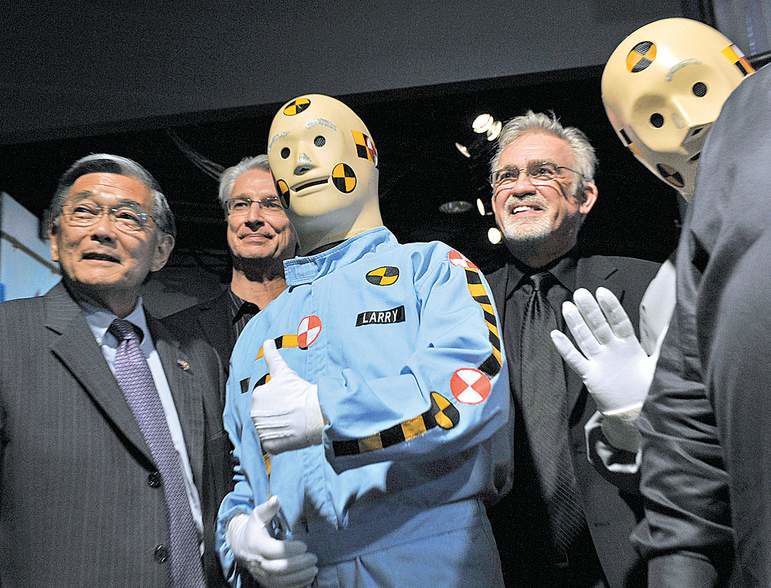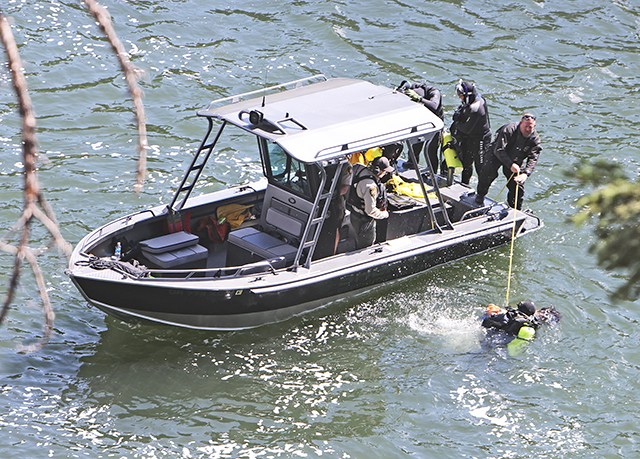Crash dummies’ parts, costumes join museum exhibit about auto safety
Published 5:00 am Saturday, July 17, 2010

- Former transporation secretary Norman Mineta, left, and safety campaign creators Joel Machak and William Dear are among those who attended a ceremony at the Museum of American history which marked the donation of objects reflecting the evolution of automobile safety.
WASHINGTON — Show biz has required Vince and Larry to break much more than a leg.
As crash dummies — or safety crash devices — the accident-prone duo have sacrificed piles of arms, suffered battered chests and endured countless cases of whiplash, all in the name of protecting drivers and passengers.
Trending
Now, some of their body parts and costumes belong to the Smithsonian’s National Museum of American History, which this week accepted a donation of several objects that reflect the evolution of automobile safety from the 1920s to the present.
Vehicle safety didn’t become a prominent public concern until the 1960s, when lap and shoulder belts became mandatory in new cars. Many drivers used to fear the idea of being trapped in a car during an accident, or they thought that safety devices reflected poorly on their skills, according to Roger White, associate curator in the museum’s Division of Work and Industry.
“The objects in the collection reflect the technological developments of these things and the change of attitude on the part of everyone — motorists, even manufacturers,” he said.
The donated items, which are joining the museum’s permanent exhibition about American transportation, include a prototype for the three-point seat belts that became a requirement in the 1970s, an energy-absorbing steering column from a 1967 Chevrolet, a crash pad invented in the 1930s to cover steel dashboards and some of AAA’s first driver-education manuals.
There are also a pair of crash test dummies designed to show how people react in accidents.
Actors Tony Reitano and Whitney Rydbeck — who portrayed the hapless Vince and Larry in public awareness commercials during the 1980s and ’90s — were also on hand Wednesday for the ceremony accepting the donations.
Trending
Getting dressed to shoot the spots was a laborious, 45-minute process, the actors said.
The most annoying aspect of the costumes was the masks, which didn’t allow them to hear, see or talk properly.
“We couldn’t get out of it if we had to,” said Reitano, 58.
Rydbeck, 65, added, “God forbid you had to go to the bathroom.”
The gig was unusual, to say the least. Reitano recalled seeing people dressed as crash dummies at Halloween parties, and Rydbeck recalled that the role was a good fit because he used to work as a mime. Plus, he said, “my head fit the helmet.”
But the actors said they took the message behind the roles seriously. Rydbeck joked that he used to worry about the day newspapers would carry the headline, “Actor Who Played Crash Dummy Died for Not Buckling Up.”
“I always buckle up, I’ll tell you that,” he said.






